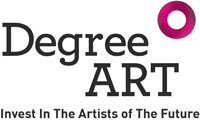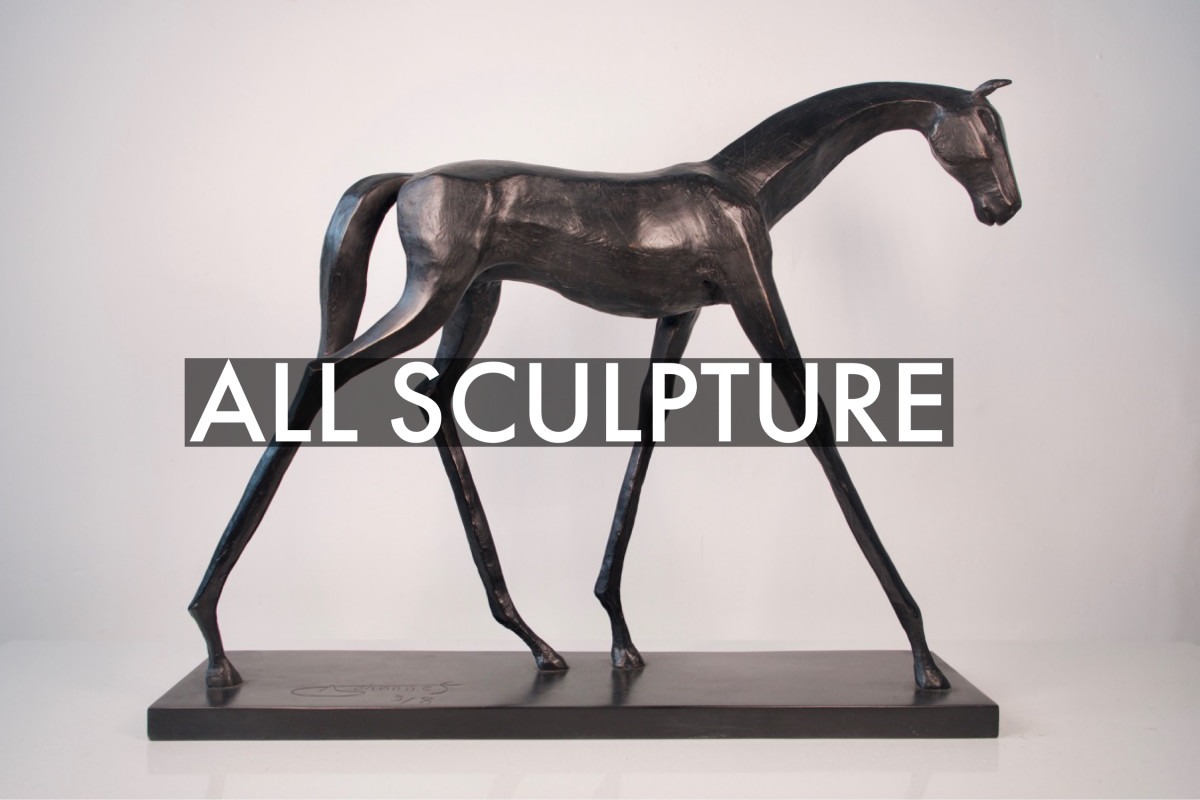Meet the artists that have taken over our Instagram every Thursday in the past month! Showcasing exclusive interviews with Simone Webb, Minna George, Aphra Shemza, and Louise McNaught.
SIMONE WEBB
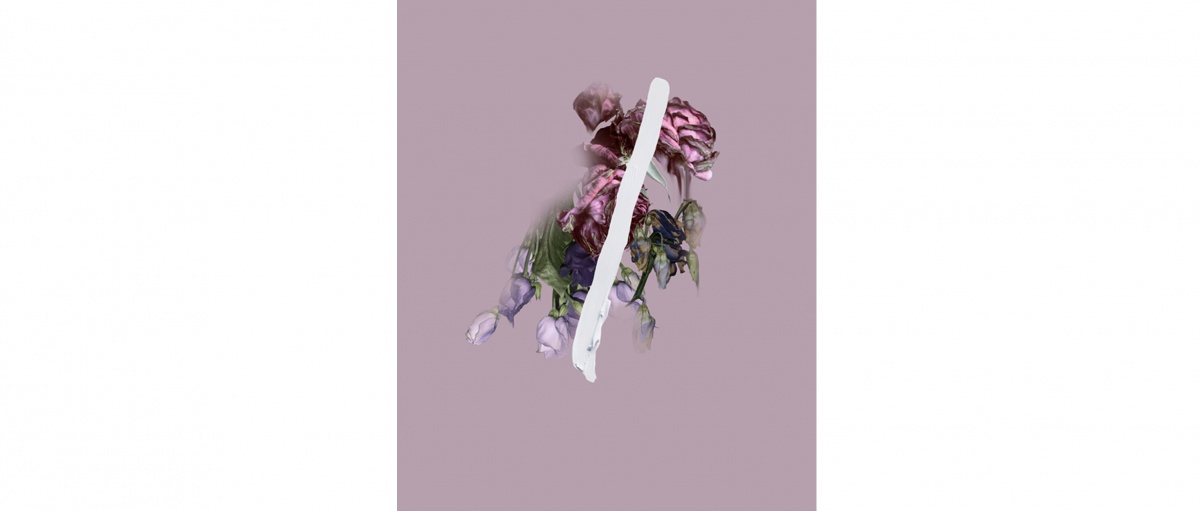
1) Walk me through a typical day in the studio for you?
SW: When I get in to my studio, I typically start by checking emails and doing any admin. I usually can’t wait to get stuck into the creation but know if I don’t do this first, it probably won’t get done at all so I have found this works best. My attention can then fully be on the creative process instead, where I continue working on new pieces. Packing work and arranging shipments is peppered into this which gives my eyes a much needed break from the screen.
2) What is something viewers might not know about your work?
SW: I often get asked if my works are paintings. In a way they are but they are predominantly digital, resulting in a Giclée print. It really depends on the piece or how I’m feeling as to whether I will begin digitally or with acrylics, which I then scan in to continue the digital process. There's usually a lot of back and forth with colour decisions. There have been many times when I have done a complete U-turn just as I thought a piece was finished. I also hand finish some prints with metallic leaf. It's also equally rewarding to see it all come together and reach the final moment of completion.
3) What is the most challenging part of your process as an artist and what is most rewarding?
SW: Sometimes the most challenging part for me can be making the vision in my head into a reality. I often have certain colours in mind when envisioning a piece; this can sometimes go out the window once it has progressed and the colours can change a number of times before I finally settle on a decision.
4) Is there any advice you have for artists/creators during this difficult time?
SW: I think at the moment especially, if you have any spare time on your hands, use it to explore ideas and experiment. I think it's important to continue creating but most importantly to create for yourself and honour your own thoughts and ideas.
MINNA GEORGE
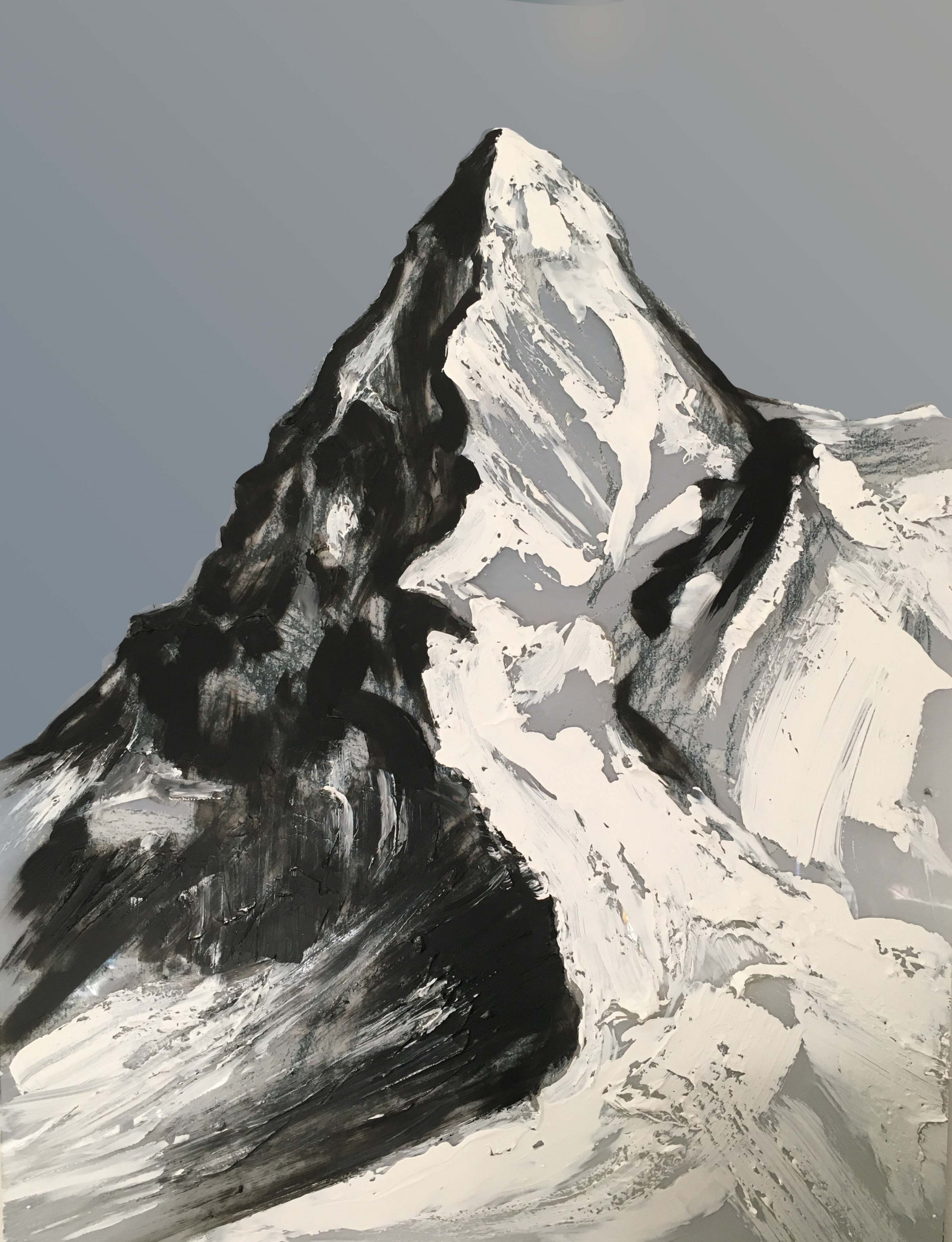
1) Walk me through a typical day in the studio for you?
MG: I am an early riser; my day starts at about 7am but I’m known to burn the candle at both ends! I take my time to read the news and mail before I head over to look through the work I have on the go. I tend to work on a couple of paintings at the same time in the studio. This allows me to take a creative break from one while working on another. My daily walk is absolutely crucial to my practice, this is when I reflect and draw inspiration from my surroundings. During the lockdown this was mainly parks and remote beaches. I usually finish painting at around 4 or 5pm – cleaning up my studio and palettes when I am done for the day is mandatory. I love fresh paint and neat space to start anew the next day.
2) What is something viewers might not know about your work?
MG:I am mostly known for my large abstract pieces inspired by nature and weather. However, in the last two months my work took a direction which surprised most of my collectors and peers who did not realise that my foundation in painting is classical and very much figurative which I practised mainly between 1995-2000. This has led to a number of recent portrait commissions which I have been very happy to create.
3) What is the most challenging part of your process as an artist and what is most rewarding?
MG:Challenge and reward go hand in hand with my creative practice. Every artwork presents multiple challenges that require decision making from conception. My reward is the process of creating the work, this is where I feel most alive and in the moment, I could describe it almost as a form of heated conversation. When the painting is complete it becomes a unique record of this conversation.
4) Is there any advice you have for artists/creators during this difficult time?
MG: Keep the creative momentum and trust your instincts when working on a new piece. Consciously and subconsciously we are all in a different place right now; this is a perfect opportunity for a change you always wanted to make or to apply a creative leap in your practice. In times like these the only wrong you can do is to stay inactive.
APHRA SHEMZA

1) Walk me through a typical day in the studio for you?
AS: I live and work in my converted warehouse in North London, it is an amazing space with high ceilings and plenty of room to hang my works. I am an early riser, working best in the morning. After my meditation and yoga practices I climb the stairs up to the mezzanine where my studio is located and begin my day with a creative project: designing, making or researching new ideas. If I am working on a big project I rent a bench in a maker space called @buildingbloqs were I have access to large machines to make my sculptural works. After a really good creative session and much later in the afternoon I switch to admin mode, responding to emails from clients and making sure the business side of my art practice is all running smoothly. I end the day around 7pm, unless I have a big project I am working on, sometimes I get so excited I work right through the evening too!
2) What is something viewers might not know about your work?
AS: The biggest inspiration for my work comes from my artist grandfather Anwar Jalal Shemza. He is a well known abstract modernist painter from Pakistan who came over to London in the 50s to study at the Slade School of Fine Art. I grew up surrounded by his paintings in my family home and currently manage the Estate on behalf of my family. Notable exhibitions of his work have been held at Tate Britain in 2016 and more recently the Sharjah Foundation and Art Basel Miami Beach. I am so lucky to have this incredible heritage and this has informed my artistic practice hugely over the years.
3) What is the most challenging part of your process as an artist and what is most rewarding?
AS: I make light work so my work includes electronics. The most challenging part of my work is making the circuits, soldering the components and securing them in place to create unique and bespoke interactive light pieces. The most rewarding part of my work is also the light! It is an amazing feeling to have finished an artwork and to plug it in and see it come to life. The works light up and it's incredible watching people interact with your creations through making sound and moving around them, there is really nothing like it.
4) Is there any advice you have for artists/creators during this difficult time?
AS: It is a hard time but we were born for this, we have the ability to think outside of the box and be innovative and creative with solutions to keep our creativity flowing and businesses afloat. Try and use this moment as a time to try new ideas, be bold and keep positive, we will get through this together. I run an artist not-for-profit organisation which is a community for artists working with technology we run monthly social meetings where artists come together to support one another, if you need support check out our page @artinfluxlondon
LOUISE MACNAUGHT
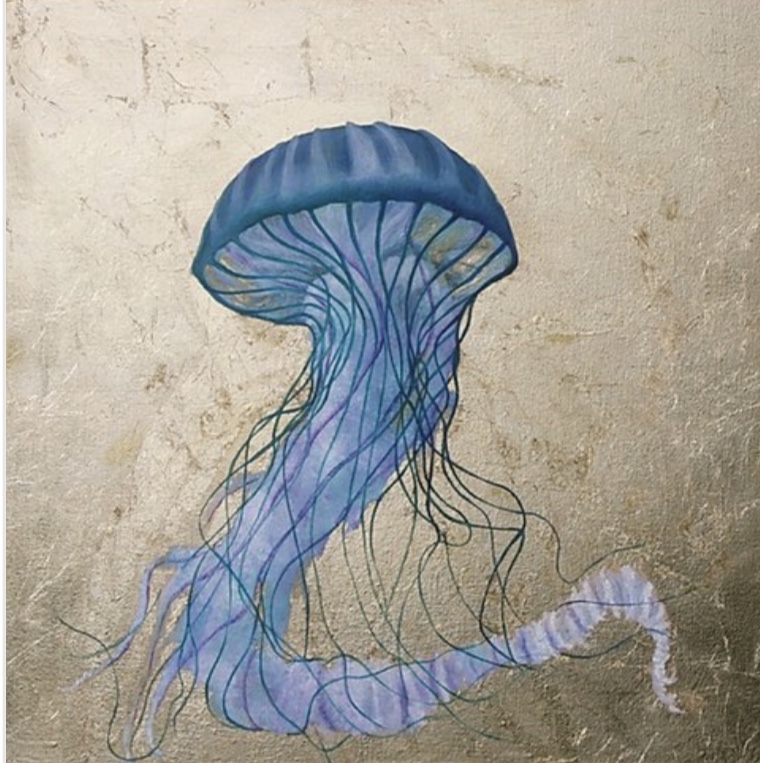
1) Walk me through a typical day in the studio for you?
LM: I take my daughter to school and get back at 9am. I then go straight to the studio and work on one of several pieces I have on the go, usually whilst listening to music or podcasts. I’ll have a quick lunch then carry on until about 2.45 when I have to pick up Autumn. Then I might get a bit of admin work down from 4-5pm, then once Autumn goes to bed around 7pm I tend to carry on painting till about 11pm.
2) What is something viewers might not know about your work?
LM: There's a lot of symbolic meaning behind the pieces, they’re not just mere depictions of animals.
3) What is the most challenging part of your process as an artist and what is most rewarding?
LM: The amount of detail, painting virtually every hair of the animal - but when it all comes together it's so satisfying!
4) Is there any advice you have for artists/creators during this difficult time?
LM: Concentrate on perhaps doing smaller, more affordable works - perhaps a series of them, as some people have very limited funds if they’re furloughed etc - but people are still buying art. Make whatever you do right now super-creative, so it's a ‘must have’ item - something you’ve never done before! People aren’t buying things like ‘prints’ so much at the moment as they’re not very exciting and people are needing some excitement as everything has been quite depressing!
